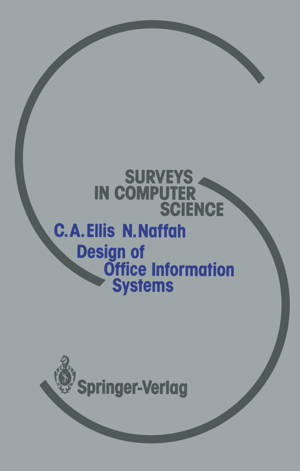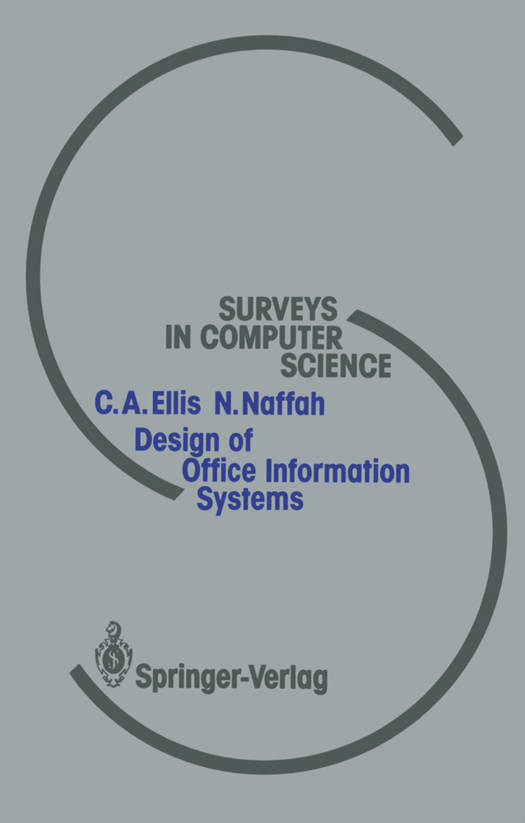
Je cadeautjes zeker op tijd in huis hebben voor de feestdagen? Kom langs in onze winkels en vind het perfecte geschenk!
- Afhalen na 1 uur in een winkel met voorraad
- Gratis thuislevering in België vanaf € 30
- Ruim aanbod met 7 miljoen producten
Je cadeautjes zeker op tijd in huis hebben voor de feestdagen? Kom langs in onze winkels en vind het perfecte geschenk!
- Afhalen na 1 uur in een winkel met voorraad
- Gratis thuislevering in België vanaf € 30
- Ruim aanbod met 7 miljoen producten
Zoeken
Omschrijving
The goal of this book is to present a framework within which the myriad of office technologies and office systems design techniques can be better understood. There are a number of office books which deal with the social/organizational aspects of office automation or with office equip- ment introduction strategies. This book differs from those in that it is written by technical computer people for technical computer people. As such, it assumes a general computer literacy and contains a technical emphasis with a social fiber woven in. Besides the framework, we also present the current state of office primitives, office tools, and office tech- nology. We cover relevant work on-going by international standards bod- ies, and we discuss the concepts that are emerging (or which we feel will be emerging) from universities and industrial research laboratories. Office technologies and techniques are classified as personal environment aids versus communal environment aids. We now fully realize how difficult it is to write a coherent book within this fuzzy, interdisciplinary, rapidly changing field. Concepts have been stressed wherever possible; there are some sub-areas where the generaliz- ing concepts have not yet emerged. We also realize the potential danger of obsolescense. We have tried to combate this somewhat by the presen- tation of concepts, generic tool design, and emphasizing our framework. This book is not a substitute for reading of the current periodical litera- ture - that is where the most timely information lies.
Specificaties
Betrokkenen
- Auteur(s):
- Uitgeverij:
Inhoud
- Aantal bladzijden:
- 248
- Taal:
- Engels
- Reeks:
Eigenschappen
- Productcode (EAN):
- 9783642830976
- Verschijningsdatum:
- 15/12/2011
- Uitvoering:
- Paperback
- Formaat:
- Trade paperback (VS)
- Afmetingen:
- 170 mm x 244 mm
- Gewicht:
- 417 g

Alleen bij Standaard Boekhandel
+ 335 punten op je klantenkaart van Standaard Boekhandel
Beoordelingen
We publiceren alleen reviews die voldoen aan de voorwaarden voor reviews. Bekijk onze voorwaarden voor reviews.









